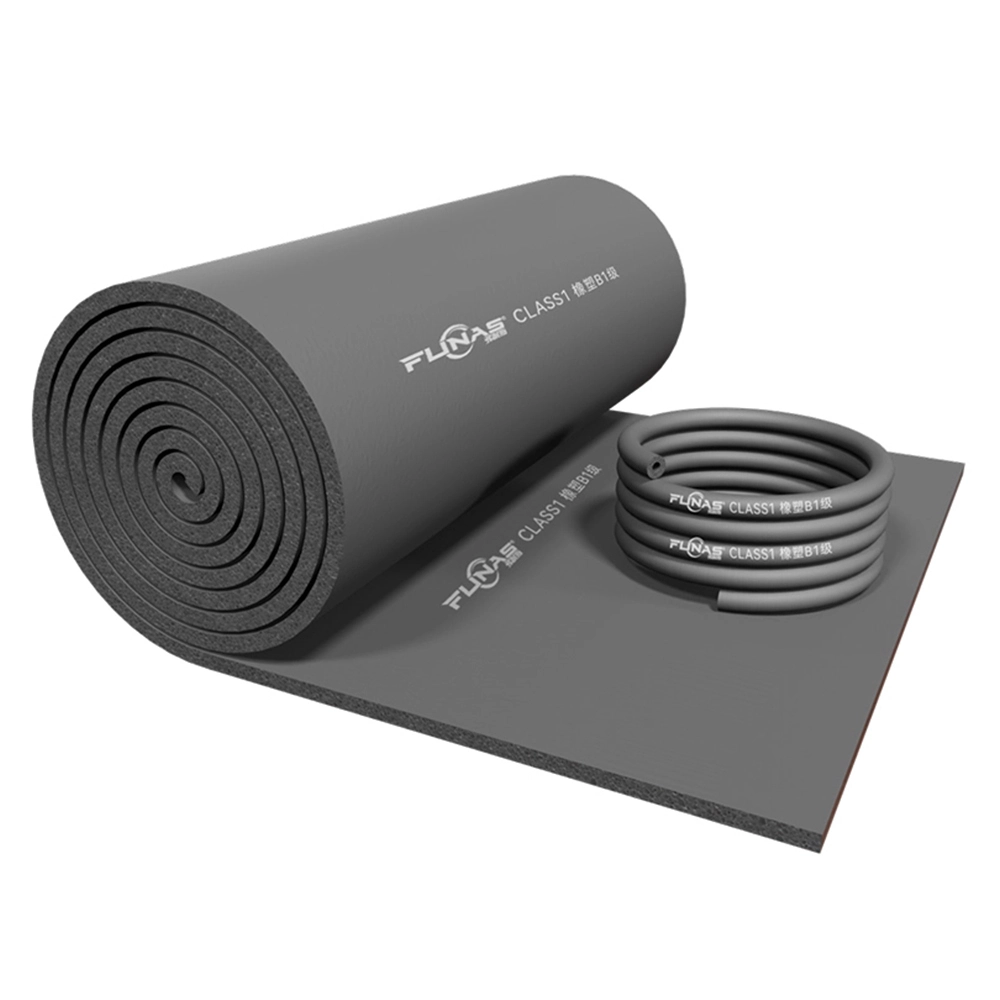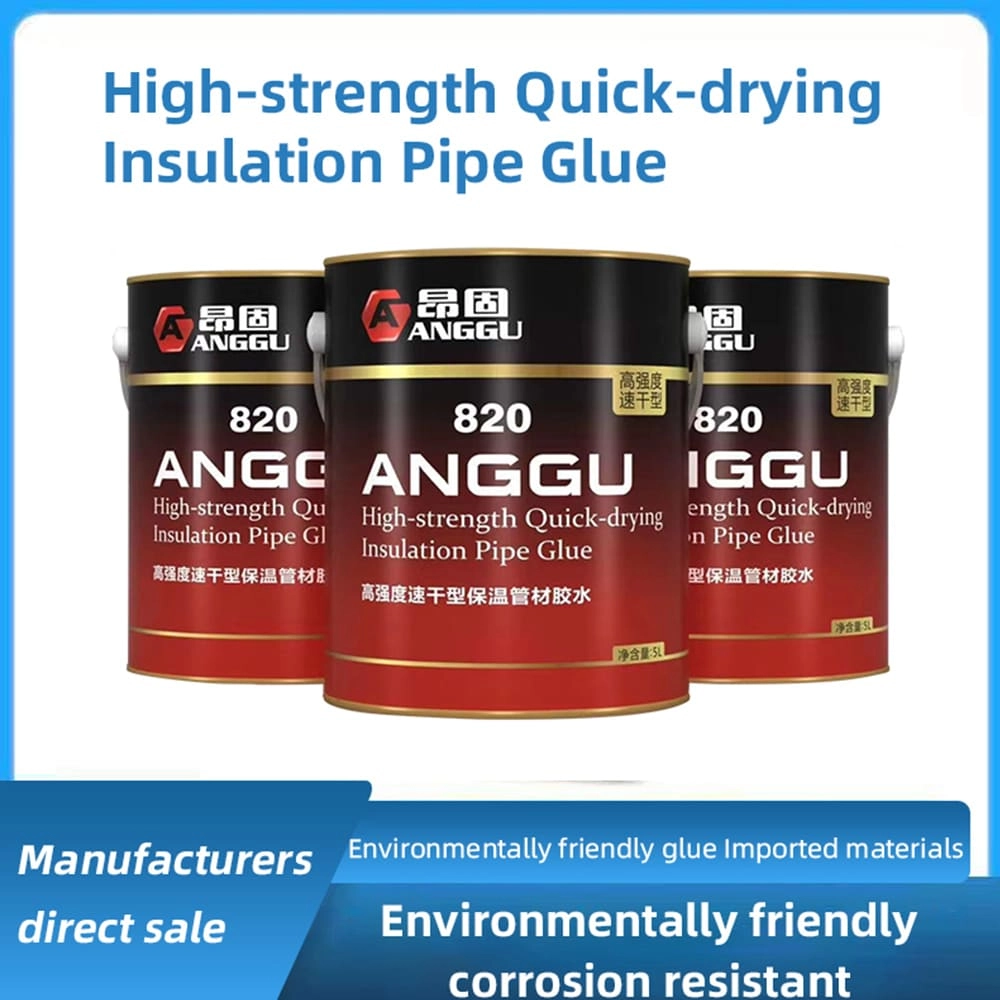can foam pipe insulation be used outside | FUNAS Expert Guide
This blog explores whether foam pipe insulation can be used outside, addressing top concerns for thermal insulation buyers. We dive into durability, weather resistance, installation tips, and more, using real industry data. Learn how to make informed procurement decisions and discover the advantages of FUNAS for your insulation needs.
- Can Foam Pipe Insulation Be Used Outside? A Guide for Thermal Insulation Buyers
- 1. Is Foam Pipe Insulation Durable Enough for Outdoor Use?
- 2. How Does Weather Impact Foam Pipe Insulation Performance?
- 3. What Are the Best Types of Foam Insulation for Outdoor Pipes?
- 4. How Should Foam Pipe Insulation Be Installed Outdoors?
- 5. Are There Alternatives to Foam Insulation for Outdoor Applications?
Can Foam Pipe Insulation Be Used Outside? A Guide for Thermal Insulation Buyers
When procuring thermal insulation materials, one of the most pressing questions is whether foam pipe insulation can be used outside. Exposed pipes in outdoor environments face unique challenges like weather exposure, UV degradation, and temperature fluctuations. This article addresses this key concern and answers five common questions that buyers in the thermal insulation materials industry often ask, based on up-to-date industry insights and real data.
1. Is Foam Pipe Insulation Durable Enough for Outdoor Use?
Foam pipe insulation, typically made from materials like polyethylene or elastomeric foam, offers excellent thermal resistance but has limitations outdoors. According to industry sources, standard polyethylene foam insulation is not inherently UV-resistant and can degrade under prolonged sunlight exposure. For outdoor applications, look for foam insulation with UV-resistant coatings or jackets. Elastomeric foams, such as those discussed in resources from Aeroflex USA, are often more durable for exterior use due to their closed-cell structure, which resists moisture penetration—a critical factor in preventing insulation failure.
2. How Does Weather Impact Foam Pipe Insulation Performance?
Weather conditions like rain, snow, and extreme temperatures can significantly affect foam pipe insulation. Open-cell foam types are particularly vulnerable to water absorption, which can reduce thermal efficiency and lead to mold growth. Closed-cell foams, as highlighted in guides from Insulation & More, perform better in wet conditions due to their water-resistant properties. However, even closed-cell foams require protective jacketing in harsh climates to prevent cracking or degradation over time.
3. What Are the Best Types of Foam Insulation for Outdoor Pipes?
Not all foam insulations are equal for outdoor use. Elastomeric foam, often made from nitrile rubber, is frequently recommended for its flexibility and resistance to moisture and temperature extremes. Polyurethane (PUR) and polyisocyanurate (PIR) foams, as noted in market reports like the 'Pipe Insulation Market worth $7,195.9 million by 2030' from MarketsandMarkets, are also gaining traction due to their high thermal efficiency and durability. Always check manufacturer specifications for outdoor suitability before procurement.
4. How Should Foam Pipe Insulation Be Installed Outdoors?
Proper installation is critical for outdoor foam pipe insulation. Resources from PipeLagging.com emphasize sealing all joints and seams with weatherproof tape or adhesive to prevent water ingress. Additionally, applying a protective jacket or cladding—such as aluminum or PVC—can shield the insulation from UV rays and physical damage. Ensure the insulation is rated for the pipe's operating temperature range to avoid thermal bridging or material breakdown.
5. Are There Alternatives to Foam Insulation for Outdoor Applications?
While foam insulation is popular for its cost-effectiveness and ease of installation, alternatives may be more suitable for outdoor environments. Fiberglass insulation with a vapor barrier, for instance, offers excellent performance in humid conditions, as noted by Angi’s guide on pipe insulation types. Mineral wool, such as rock wool or glass wool, also provides superior fire resistance and durability in extreme weather, making it a viable option for industrial buyers, according to recent HVAC insulation market analyses.
In conclusion, while foam pipe insulation can be used outside with proper precautions like UV-resistant coatings and weatherproof jacketing, its suitability depends on the specific material and environmental conditions. Buyers must prioritize durability, installation techniques, and alternative materials when making procurement decisions.
At FUNAS, we pride ourselves on offering cutting-edge thermal insulation solutions tailored to diverse needs. Our range of foam pipe insulation products includes UV-resistant and weatherproof options designed for outdoor applications. With a commitment to quality, innovation, and customer support, FUNAS ensures that your pipes are protected, energy efficiency is maximized, and long-term costs are minimized. Choose FUNAS for reliable, high-performance insulation materials.

The Ultimate Guide to Glass Wool Insulation 2026

Top 10 Foam Rubber Sheet Manufacturers for Insulation & More

Top 14 Rock Wool Panel Brands: Expert Guide for 2026

Top 10 Insulation Adhesives for Heat & Soundproofing 2026
service
How does your technical support work?
Our technical support team is available to guide you through every stage of your project—from product selection and design to installation. We provide expert consultation to ensure that you get the best insulation solution for your needs and can assist with troubleshooting if needed.
What types of rubber foam insulation products do you offer?
We offer a wide range of rubber foam insulation products, including custom shapes and sizes, thermal and acoustic insulation solutions, and options with specialized coatings such as flame retardancy and water resistance. Our products are suitable for applications in HVAC, automotive, construction, and more.
Are your rubber foam products environmentally friendly?
Yes, our insulation products are designed with sustainability in mind. They help reduce energy consumption by minimizing heat loss and gain, and they are made from durable materials that have a long life cycle, reducing the need for frequent replacement.
FAQ
How to start a consultation?
You can contact us through our website, phone, or email. We will arrange a professional staff to discuss your needs about best thermal insulator and how we can help you.
You might also like

Rubber Plastic insulation Material Glue

Foam Phenolic Adhesive
This product has passed the national GB33372-2020 standard and GB18583-2008 standard. (The product is a yellow liquid.)
Anggu foam phenolic glue is a kind of glue with corrosion resistance, low odor, high strength and excellent brushing property. Can be sprayed for construction with fast surface drying speed, long bonding time, no chalking and convenient operation.

820 Pipe special adhesive
This product has passed the EU REACH non-toxic standard, ROHS non-toxic standard. (The product is black glue.)
Anggu 820glue is a low-odor, high-strength quick-drying glue; Fast drying speed, long bonding time, no powder, non-toxic.

Blue Rubber-plastic Tube Rubber foam pipe wholesale
Leave a message
Have any questions or concerns about our products? Please leave us a message here and our team will get back to you promptly.
Your queries, ideas, and collaboration opportunities are just a click away. Let’s start a conversation.


















































